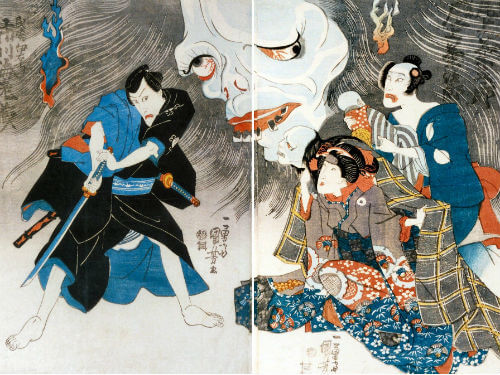KITSUNE MISO SOUP

Are you interested in Japanese cuisine ? Well, as Japanese people says, the starting point of Japanese cuisine is the miso soup (miso shiru味噌汁): the easiest to prepare but also the most important one. Miso (味噌) is fermented soya and the basic element of Japanese cuisine, mainly used for the miso soup, which Japanese people drink for breakfast, lunch and dinner. There are endless types of miso soup. Today I will share the recepie that , according the tradition, even kitsune 狐, Japanese mythical foxes, love drinking. In fact, kitsune loves aburage, Japanese fried tofu. Ingredients -miso 2/3 spoons -konbu or katsuo dashi 1 tea bag -aburage (fried tofu) 1/2 pack -konnyaku 50gr -leek 1 -water -tōgarashi 1. Cut the aburage, the konnyaku and the leek in small peaches that can be easily eaten. 2. Take the aburage and fried it in a pan to warm it. 3. Boil water and




